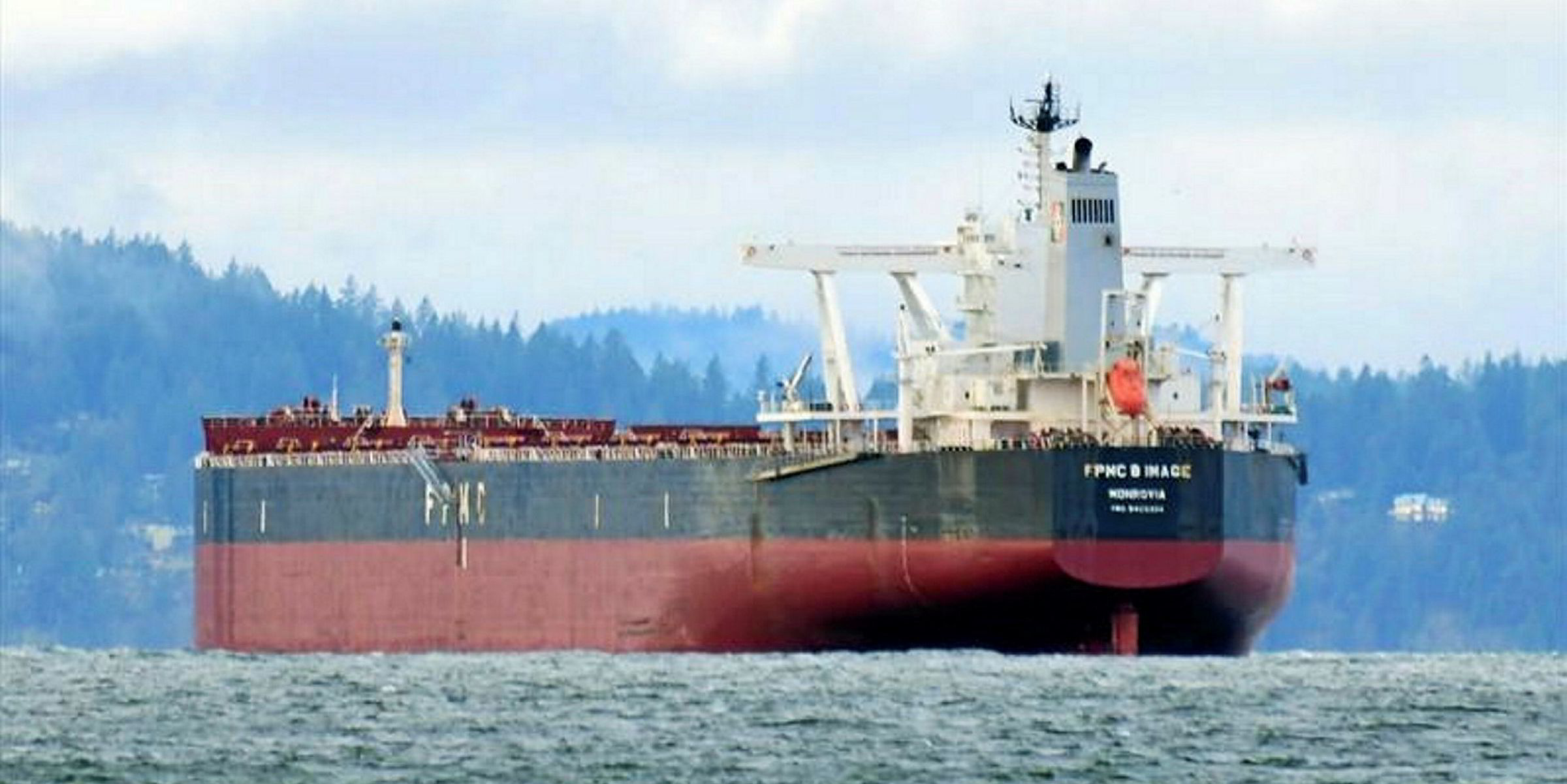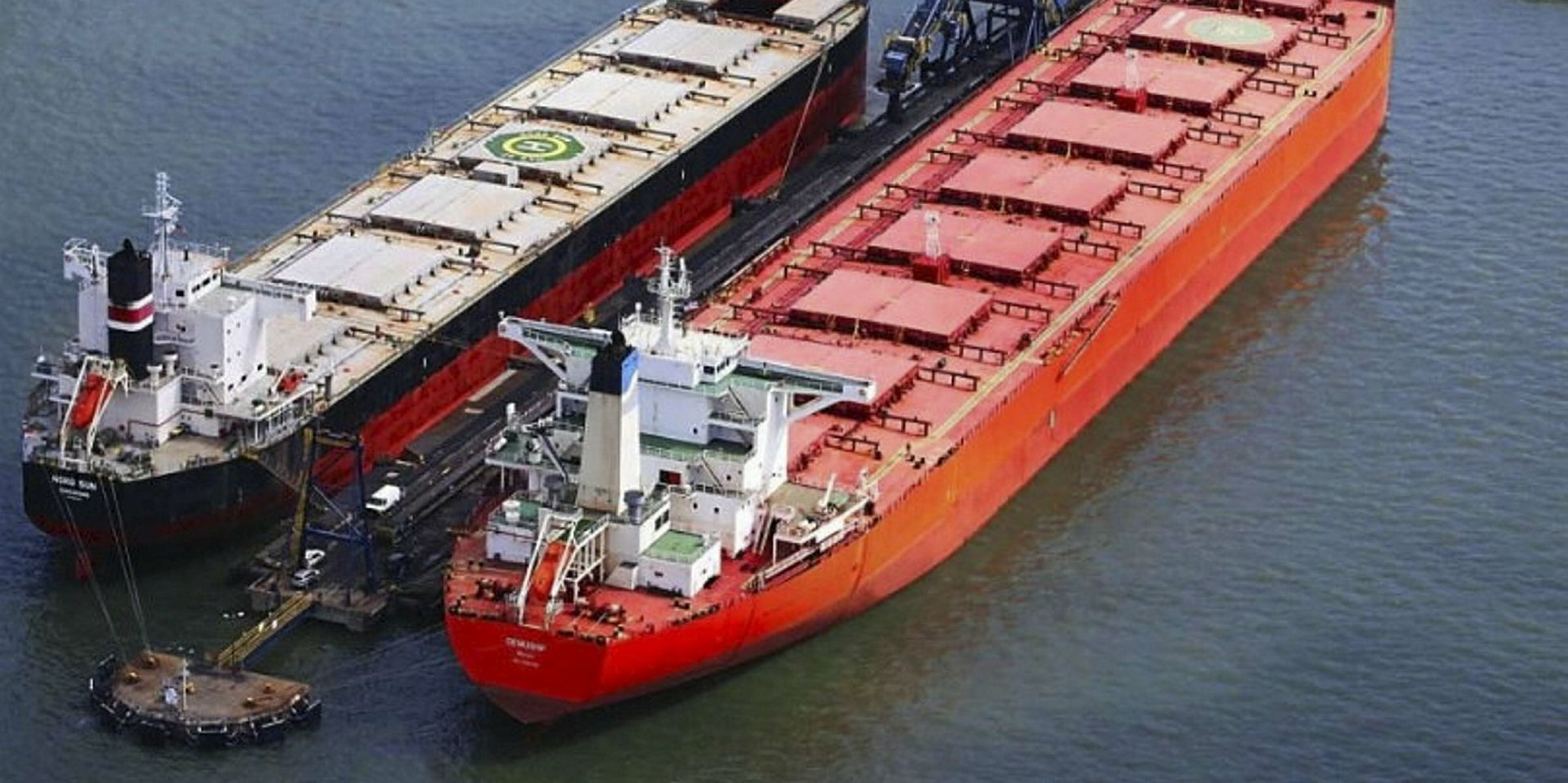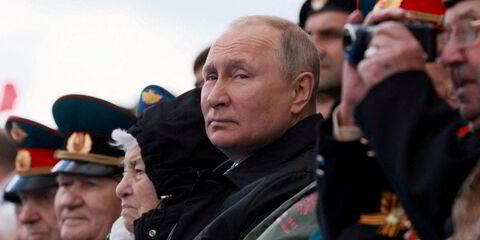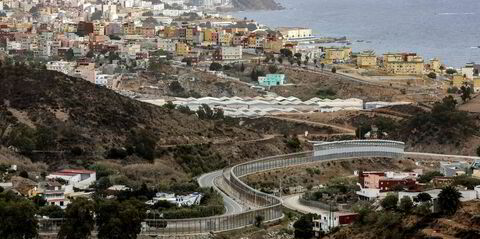Spot earnings on the benchmark capesize route between Brazil and China plunged to the lowest level in 10 months, pulling the Baltic Exchange's index for the sector into a 170 point slump on Wednesday.
Rates on the benchmark Brazil-to-China trade dipped more than 3.8% on one day to $16.67 per tonne.
But on a time charter equivalent (TCE) basis, a round voyage on the trade fell more than 16.6% to just over $4,014 per day. That's the lowest level since March 2019, according to data from exchange.
Amid vessel oversupply a seasonal slump in demand ahead of the Chinese New Year, Wednesday's drop comes as the Brazil-to-China trade has been facing extra struggles.
"Brazil iron ore shipments have been struggling since the end of last year," said Clarksons Platou Securities analyst Frode Morkedal on Wednesday.
Iron ore shipments from the South American country amounted to 14.8m tonnes in the first three week's of January, which marks a 27% drop from the same period of last year.
Also, TCE rates include fuel costs, which have ballooned for non-scrubber fitted basis since IMO 2020 came into force.
Elsewhere, the Gibraltar-Hamburg roundtrip voyage rates for 180,000-dwt capes have crashed particularly hard, shedding $1,935 in one day, according to Baltic Exchange data.
Plummeting index
The Baltic Capesize Index has plummeted 83% since Christmas Eve after dropping to 325 from Tuesday's result of 495.
The weighted time charter average has likewise been in freefall, plummeting 59% from $14,337 per day on 24 December and 16% from Tuesday to $5,911 per day Wednesday.
Meanwhile, the Mediterranean leg to China and Japan has seen rates fall $1,390 per day.
With capesizes leading the slump, the Baltic Dry Index has also declined steadily to 623 points from 1,090 on 24 December. It was at 689 Tuesday.
If futures markets are any indications, owners of large bulkers should not expect much help in the months to come.
Baltic Exchange forward assessments project February rates for the Brazil-to-China route at $17.81 per tonne, rising to just under $18.63.
Morkedal pointed out that China's steel production is unlikely to continue the record growth experienced in 2019.
"Consensus is that a 1% growth rate is likely with the government’s infrastructure-related stimulus," the analyst said in a note to clients.
"On the positive side, fleet growth is slowing and could see additional help from converted VLOCs being scrapped."
'Very disappointing'
Numerous factors have kept rates under pressure, including December and January fixtures reflecting high-sulphur fuel oil costs while owners bought very expensive very-low sulphur fuel oil, Jefferies analyst Randy Giveans said.
Asian holidays such as Chinese New Year, low steel margins driving less iron-ore imports and concerns around Vale production have also hurt rates, he said.
"As for capesizes, very disappointing," he told TradeWinds.





